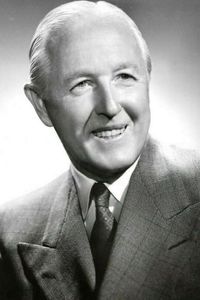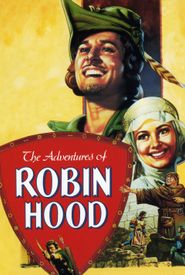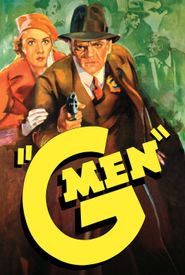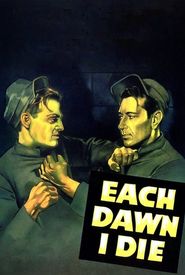William Keighley's multifaceted career traversed three distinct mediums: theatre, motion pictures, and radio. Initially trained as a stage actor and Broadway director, he arrived in Hollywood shortly after the advent of sound, securing a position at Warner Brothers as an assistant director and dialog director, before helming his first film in 1932.
Keighley's gangster films from the period, such as 'G' Men (1935) and Bullets or Ballots (1936),epitomize the fast-paced, tightly made, and exciting films that Warner's specialized in, which contributed significantly to the studio's financial success during a period of devastating losses.
Notably, despite his career being closely associated with the meteoric rise of James Cagney, the two men did not particularly care for each other, as Cagney was disenchanted by Keighley's perceived European affectations, which he acquired during his tenure on Broadway in the early 1920s and carried over into his later career in radio.
In contrast, Keighley and Cagney collaborated on some of their best work together, much like the working relationship between Errol Flynn and director Michael Curtiz, although far less volatile.
Keighley also directed comedies, with The Man Who Came to Dinner (1941) being the best of the bunch. He was assigned to direct the prestigious Technicolor epic The Adventures of Robin Hood (1938) with Flynn, although initially it was intended to feature Cagney in the lead.
However, following several weeks of shooting, Keighley was replaced by Curtiz, receiving co-director credit, as studio executives were dissatisfied with the film's pace and the costly epic, the most expensive picture in Warner's history at the time, was not proceeding in the direction they envisioned.
Keighley's film output declined in the late 1940s and early 1950s, coinciding with his newfound interest in radio hosting, and his films received less success, although he did produce a standout crime drama, The Street with No Name (1948).
He retired from directing after his last film, The Master of Ballantrae (1953),a beautifully shot but somewhat lumbering swashbuckler featuring an out-of-shape Errol Flynn, and he and his wife, actress Genevieve Tobin, relocated to Paris, France, after he left CBS Radio in 1955.

























































